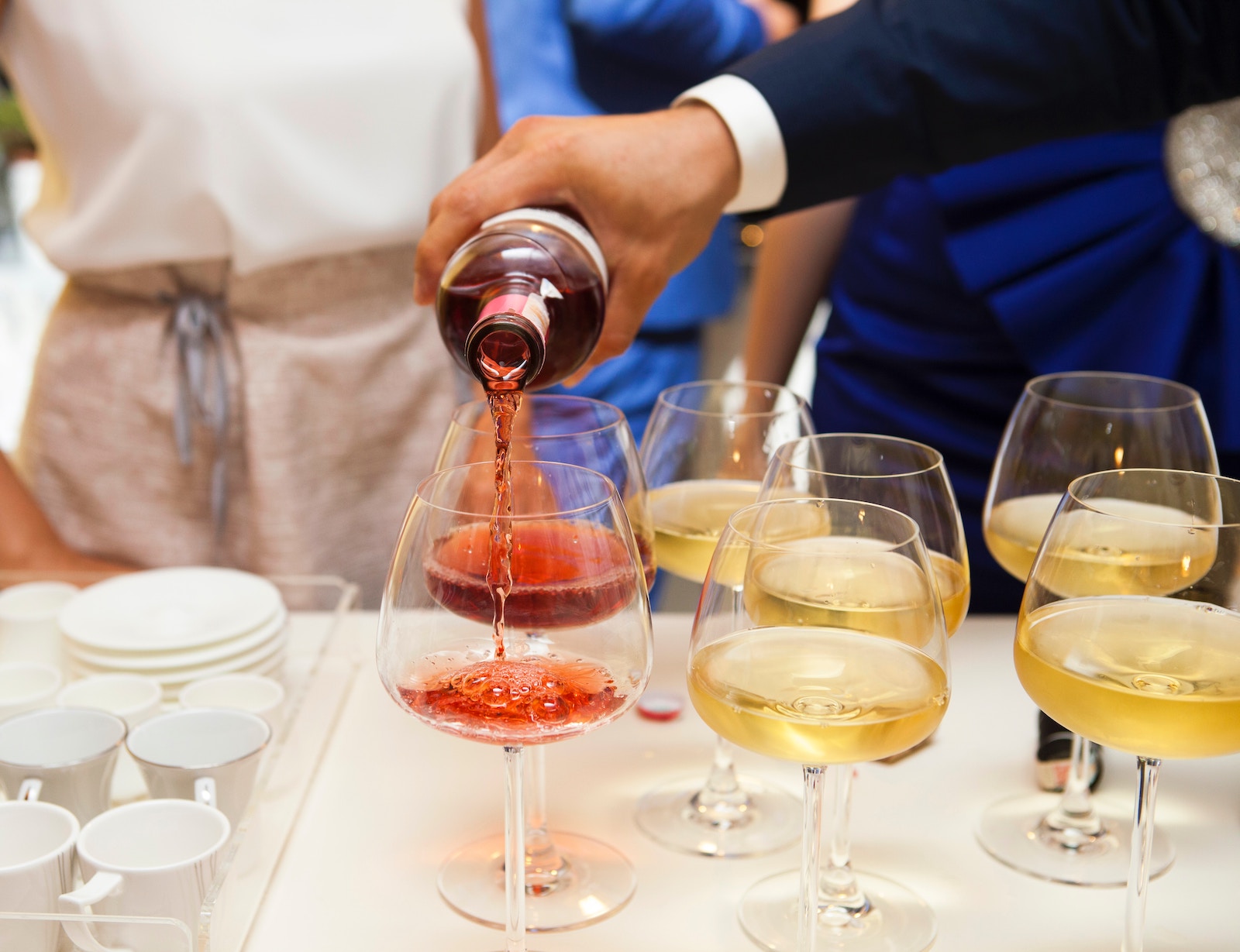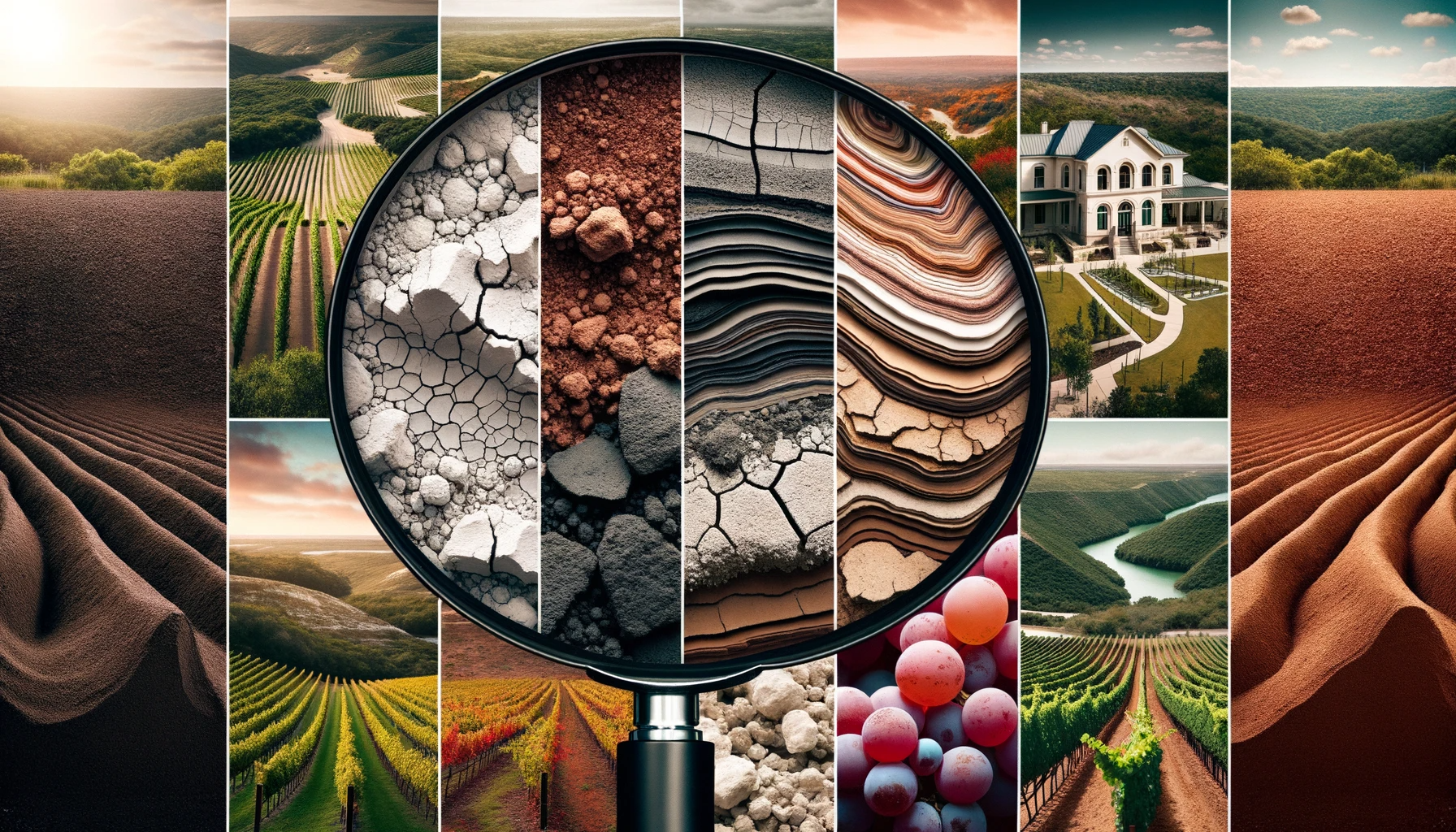
Have you ever stopped to think about the ingredients that make up the wine you enjoy so much? Sure, grapes are the main ingredient, but there is more than just grapes in your glass. The answer may surprise you! Let’s explore what else goes into those delicious bottles of vino.
Sulfites
Sulfites are a naturally occurring by-product of fermentation and they work as a natural preservative to keep the wine from spoiling. While sulfites occur naturally in wines, winemakers will often add additional sulfites to their wines to ensure that they don’t go bad before they reach your table. Not all wines contain added sulfites though; some organic and biodynamic wineries prefer not to use them at all.
Yeast
Yeast is another essential element in winemaking. Yeast helps to convert sugars into alcohol during fermentation and adds complexity and flavor to wines. Winemakers have many options when it comes to yeast – they can use wild yeasts that occur naturally on grape skins or cultivated yeasts which can be selected for specific flavor profiles or added nutrients.
Tannins
Most people are familiar with tannins, as many red wines have an astringent quality due to their tannin content. Tannins are polyphenols that occur naturally in grape skins and seeds and impart structure and complexity to red wines, adding depth of flavor and giving them the ability to age gracefully over time.
Oak Chips/Cubes
Oak chips or cubes (sometimes referred to as “oak alternatives”) are often used by winemakers as an inexpensive way of imparting oak flavors into their wine without having to age it in an oak barrel for an extended period of time. Oak chips allow winemakers to add complexity and flavor quickly and easily, making them a popular choice among home winemakers who don’t have access to expensive barrels or large cellars for aging their wine.
Knowing what goes into your favorite bottle of wine can help you appreciate it even more! From wild yeasts that give complex flavors and aromas, to natural preservatives like sulfites, each ingredient plays its own unique role in creating the perfect glass of vino for your tasting pleasure! Whether you’re a novice or a connoisseur, understanding how all these components work together will help you become a better-informed wine drinker – cheers!



